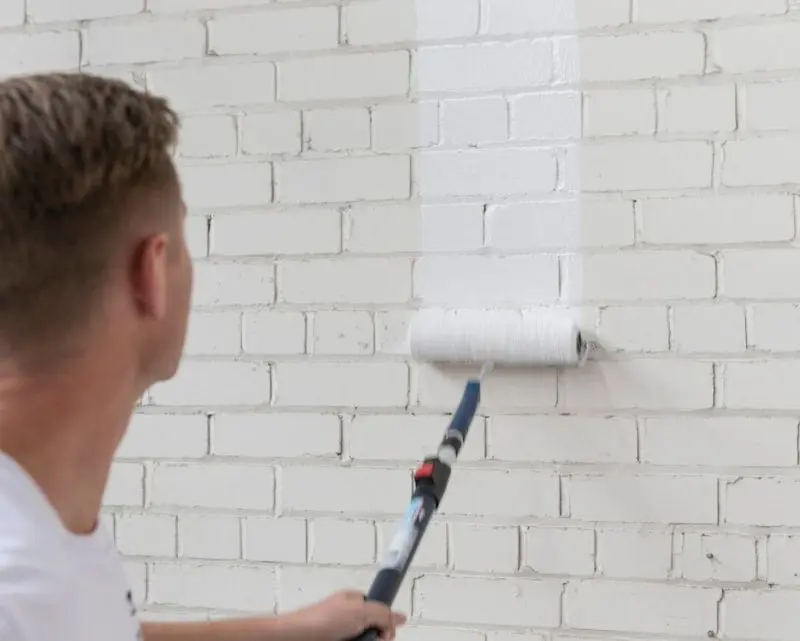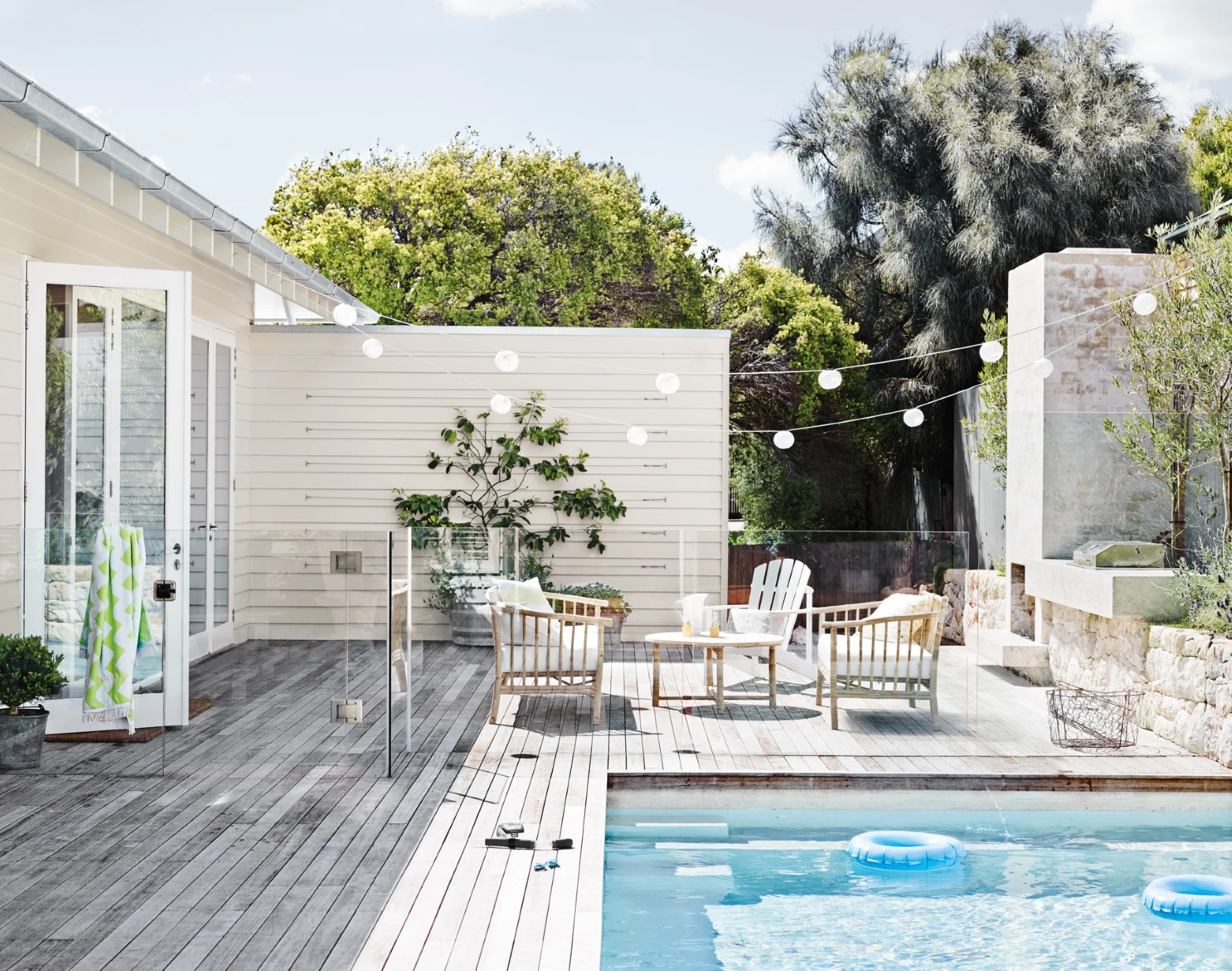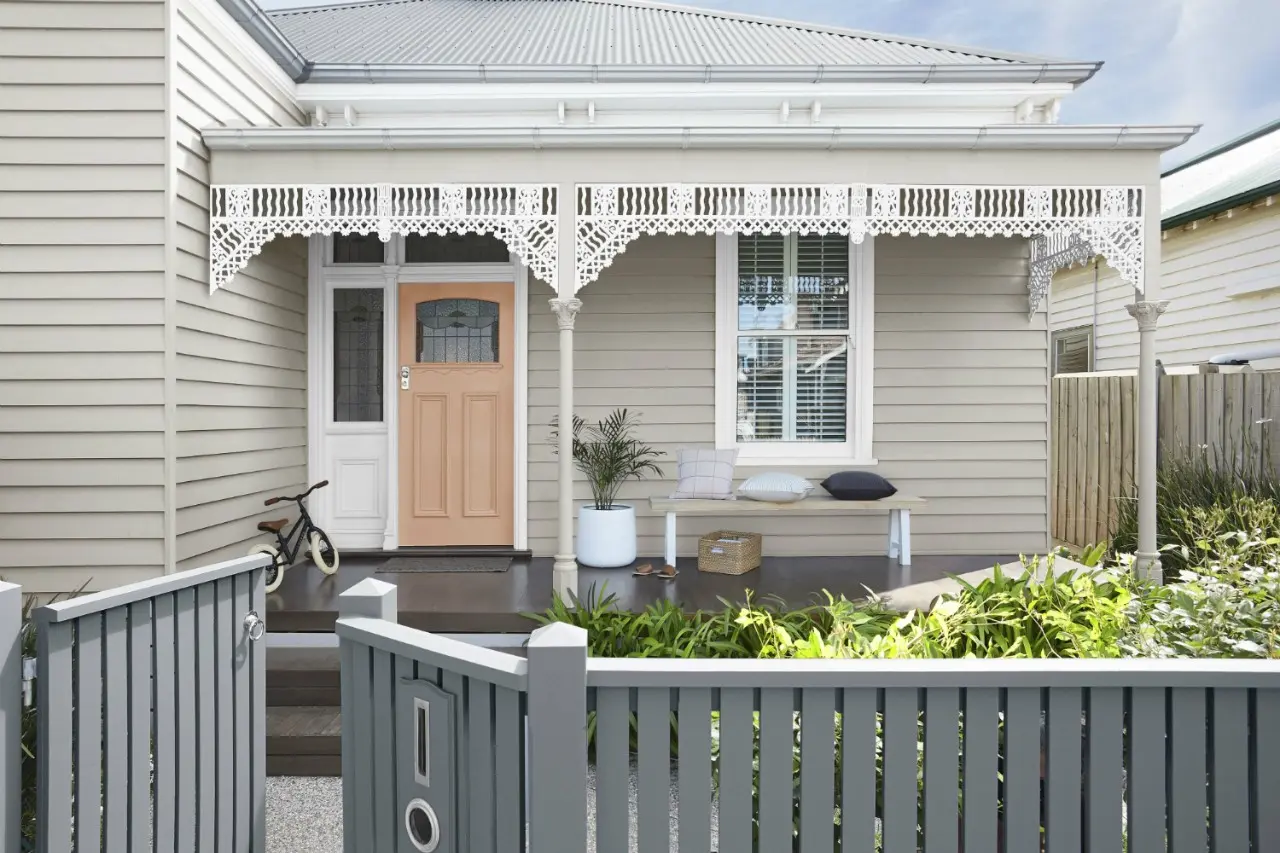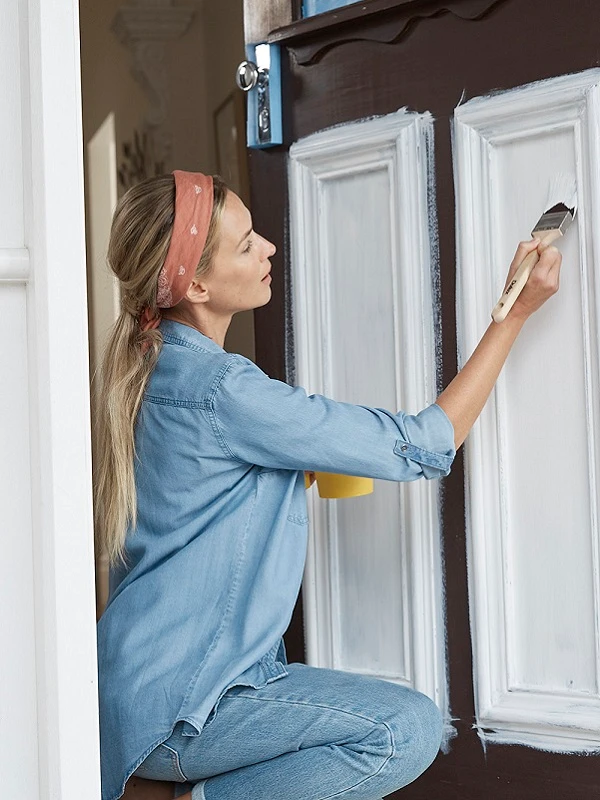How To Guides
Repainting exterior and weather affected surfaces
The products you will need to use depend on whether you are painting over weathered surfaces or painting new surfaces. Use the below information in conjunction with label instructions to guide you in your product selection.
Repainting exterior and weather affected surfaces
Advice for painting weathered surfaces
Determine if the surface is sound
Conduct an adhesion test
Conduct an adhesion test on all previously painted surfaces. Ensure surface is sound by cutting a small X through the existing paint with a sharp blade, press cellulose tape firmly across the cut and then rip off the tape. If the paint comes off, it is unsound and should be removed.
Repeat
Repeat at random in a number of areas to test the surface.
Scrape off
Scrape off all loose and flaking paint and ensure the surface is dry.
Recommendation
If you are unsure, we recommend that you contact your local qualified tradesperson.
Does the surface exhibit mould?
Removing
Remove all mould and mildew from the surface by scrubbing with a diluted household bleach solution (one part bleach, three parts water). Make sure you are wearing rubber gloves and eye protection. Power washing is also an option.
Rinse any timber
Use Dulux Weathershield®
We recommend you use Dulux Weathershield® for your top coat.
Is the surface peeling or flaking?
Prepare surface
Prepare surface by removing all loose paint with scraper or wire brush.
Sand rough surfaces
Make sure you sand any rough surfaces.
Prime bare timber
Prime bare timber before applying Dulux Weathershield®.
Is the surface blistering?
Remove the source of moisture
If blisters go down to the substrate, first try to remove the source of moisture.
Remove blisters
Remove any blisters by scraping, then sanding the surface.
Advice for painting new surfaces
Painting new exterior timber surfaces
Fill nail holes
For timber surfaces, fill nail holes with a flexible, exterior wood-filler.
Sand all dressed timber
Painting Exterior Brick, Masonry or Fibro Cement Surfaces
Before painting
Unpainted masonry should be cured for 28 days before painting.
Ensuring
Ensure surface is sound by conducting an adhesion test and clear off any loose sand or cement.
Fill holes with grouting cement
Washing
Wash down with water using a stiff brush to remove all loose material.
Referring
Refer to the can labels for details on how to remove efflorescence.
Exterior how to guides
A fresh coat of paint can have an incredible effect on the feel of your home. Using Dulux Weathershield® will revitalise your home brickwork exterior and provide a lasting look designed for Australian conditions.
Give yourself the best chance of success with our exterior preparation guides
If your windows aren’t looking their best, they might need a little bit of TLC to stay protected against the weather elements.
First impressions count. A fresh lick of Dulux paint on your front door can freshen up the look of your whole house. It creates a warm welcome for visitors while making your home the street's style star.
Help & Advice
Make confident decisions about your project needs with support from our wide network of painters or speak to one of our Help & Advice consultants now.
Help & Advice
Want to change but don’t know where to start? Dulux Help & Advice are expert consultants who can help you with colour advice, product selection and application, everything you need for your next paint project.
Contact Help & Advice-->




